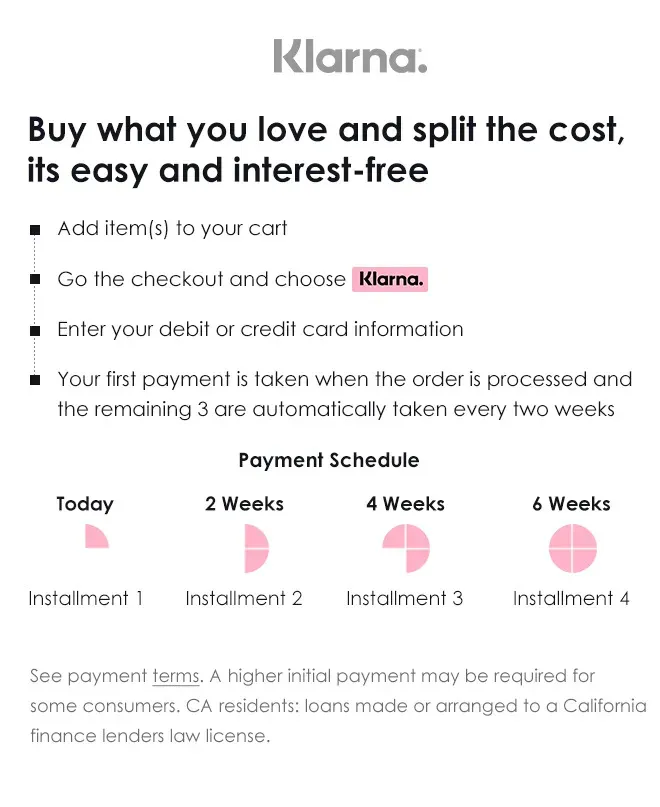Ready for a Hair Makeover? Curtain Bang Wig 101
Curtain bangs—those soft, face-framing fringe strands that part down the middle—have taken social media and salons by storm. Now, wig makers have captured this chic, low-maintenance style in ready-to-wear curtain bang wigs. Whether you’re a wig novice or a seasoned wearer, this guide will introduce you to the nuances of curtain bang wigs: their origins, cap types, customization methods, and advanced styling techniques. By the end, you’ll feel equipped to rock this effortlessly flattering look.
Curtain Bangs
Curtain bangs first emerged in the swinging ’60s, popularized by icons like Jane Birkin, whose wispy bangs perfectly framed her eyes. They reappeared in the ’70s with the relaxed, bohemian aesthetic of Brigitte Bardot. Today’s curtain bang wigs combine nostalgia with modern craftsmanship, using pre-cut, layered fringes that mimic salon-cut bangs without you ever touching your natural hair.

Decoding Wig Cap Constructions
Curtain bang wigs come in multiple base designs, each offering different benefits:
Lace Front Caps—Sheer lace along the forehead simulates a natural hairline; ideal for beginners.
Full Lace Caps—Entire cap is lace, enabling versatile parting and updos; best for styling freedom.
Monofilament Tops—A mesh section at the crown gives the appearance of hair growing straight from the scalp.
Drawstring/Glueless Caps—No glue needed; internal drawstrings and combs ensure a snug fit.
Choosing Your Curtain Bang Wig
Assessing Face Shape Compatibility
Curtain bangs are remarkably adaptable, softening angular features and balancing proportions:
Oval Faces—Virtually any curtain bang length works; try longer, sweeping fringes.
Round Faces—Opt for side-swept curtain bangs that create the illusion of length.
Square Faces—Choose wispy, graduated layers to soften the jawline.
Heart-Shaped Faces—Longer curtain bangs that graze cheekbones balance a wider forehead.
Selecting Hair Texture and Colour
Curtain bang wigs come in straight, wavy, curly, and even kinky textures. Consider your maintenance preferences: straight bangs require minimal styling, while waves and curls lend a lived-in vibe. Color-wise, human-hair wigs allow for custom dyeing, but pre-colored synthetic options are plentiful—just pick a shade that complements your skin tone.
Installation: From Cap to Curtain
- Prep Natural Hair: Braid or slick back your hair into a low bun; apply a wig cap.
- Position the Wig: Align the lace or monofilament with your hairline; secure combs.
- Fit Adjustment: Tighten drawstrings or straps; ensure comfort without pressure points.
- Trim and Tweak: Use hair shears to customize curtain length, soften edges, and create piece-y layers.
- Edge Blend: Lay baby hairs with edge gel and lightly tint lace with concealer matching your scalp.
Advanced Styling Techniques
Creating Dimension with Layers
For a multi-dimensional fringe, cut curtain bangs in graduated layers: shorter pieces in the center tapering into longer strands at the sides. This technique adds depth and movement.
Heat-Formed Waves
If your wig is heat-resistant, use a flat iron on the bangs: clamp at the roots, then flip outward or inward. This creates soft bends and a perfectly tousled curtain effect.
Texturizing for a Piece-y Look
Apply a sea salt spray to damp bangs, scrunch gently, and let air-dry. Once dry, finger-comb and add a tiny dab of styling wax to separate strands for that edgy, piece-y finish.
Accessorizing Your Curtain Fringe
Elevate your wig with mini clips or rhinestone bobby pins placed strategically along the part line. A slim headband or silk scarf wrapped just behind the fringe adds a touch of vintage glam.

Everyday Maintenance and Refreshing
While you asked for innovative content beyond basic care, here are quick hacks:
Steam Revival: Gently steam the bangs to reactivate synthetic textures or reshape human-hair fibers.
Micro-Roller Lift: Snap small Velcro rollers at the ends of curtain bangs overnight for added body.
Sleep Savers: Wrap a silk scarf around your forehead to protect the fringe from flattening.
Cost vs. Value Analysis
Curtain bang wigs range widely in price. Synthetic lace-front options start around $60, while 100% human-hair, full-lace wigs can exceed $300. Consider cost per wear: a durable human-hair wig, styled thoughtfully, may last a year or more with proper handling, making the upfront investment worthwhile.
Shopping Checklist
Check cap size and adjustability.
Verify lace type (HD vs. Swiss) and hair density.
Look for pre-styled curtain bangs or customizable fringe.
Read reviews on color accuracy and customer photos.
Ensure a flexible return policy for fit and style trials.

Real User Transformations
Case Study 1: A professional who needed a polished look without daytime salon trips found a glueless drawstring curtain bang wig perfect for weekdays.
Case Study 2: A festival-goer opted for a wavy human-hair wig with curtain bangs, adding glitter clips for a whimsical, boho-chic vibe.
Final Thoughts: Embrace the Fringe Freedom
Curtain bang wigs offer an unbeatable blend of style, convenience, and self-expression. They bridge the gap between daring haircuts and the security of keeping your natural hair intact. Armed with this guide, you can select, install, and rock your curtain fringe confidently—whether you’re chasing retro glamour or contemporary edge.
People Also Ask
Can I style curtain bangs on a synthetic wig?
Yes—use low-heat steam or a hot comb made for synthetics to reshape the fringe.
How long do curtain bang wigs last?
Synthetic wigs last 4–6 months with regular use; quality human-hair wigs can last a year or more.
Do curtain bangs suit all face shapes?
They’re versatile—just adjust length and part placement to flatter your unique features.
Can I clip back curtain bangs?
Absolutely—clip small sections into soft pin-back styles for a half-up look.
How often should I refresh my curtain bangs?
Tweak the cut every 4–6 weeks to maintain shape, or trim sparingly for minor upkeep.

























Leave a comment